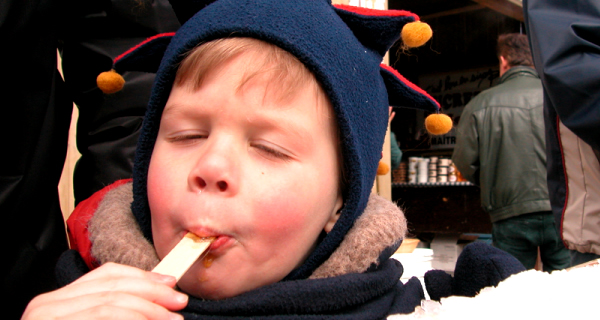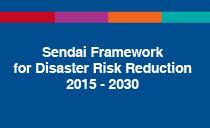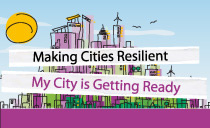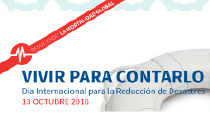PROVINCE OF QUEBEC

The province of Quebec is characterized by its territory of over 1 600 000 km² and a unique personality stemming from its Francophone majority and the rich cultural mix of its population. It is the only Canadian province with French as the sole official language. A modern society, Quebec is known for its democratic political system and its public services.
The province in fact has a universal, free health care system, a public education system accessible to all and a host of social and community services. Its diversified economy is based on natural resource development and keeps pace with information technologies and other cutting-edge sectors.
-
-
Population density (2015): 6.4 inhabitants/km²
-
Total area: 1 667 712 km² (78% land and 22% water)
-
Administrative regions: 17
-
Capital: Quebec City
-
Largest city: Montreal
-
National holiday: June 24
-
Political system: Parliamentary democracy
-
Nature of the State: Member of the Canadian Confederation
-
Inhabitants called: Quebecers
-
Currency: Canadian dollar
-
Weights and measures: Metric system
-
Time zone, Eastern Standard Time: subtract five hours from UTC
-
Time zone, Daylight Savings Time (from the second Sunday in March to the first Sunday in November): subtract four hours from UTC
-
Premier of Quebec: The Honourable Philippe Couillard
National Flag and Emblems
Quebec’s national emblems recall the history of the province. They affirm the French identity and origin of the majority of the population and evoke the ties between Quebec and Great Britain.
Quebec Government
The Government of Quebec is the political authority that governs Quebec.
The province’s parliamentary system, which is based on cooperation between the legislative body (Parliament) and the executive body (government), is modeled on the British Westminster parliamentary system. In a parliamentary system, the premier is the head of the political party with the most elected members after a general election.
The Parliament
The provincial Parliament examines proposed legislation submitted to it in the form of bills by the Government and either accepts or rejects them. Parliament also oversees the Government’s application of laws and supervises all government activities (legislative power).
The National Assembly
The National Assembly is composed of 125 Members, representing the 125 electoral divisions. The Parliament Members are elected by the population. The voting procedure is based on the principle of first-past-the-post system in each riding. In the Quebec's parliamentary system, inspired from Great Britain, the Parliament and the Government represent separate powers: the legislative power and the executive power.
The Government
The Government is formed of certain elected representatives of the party holding the majority of the seats in the National Assembly. Its function is to provide the political management of Quebec. In the parliamentary system, the executive power is accountable to the Parliament.
Almost all bills are conceived and drafted by the Government, in other words the Premier and the Cabinet. Although we tend to associate the Government with the notion of "power", in a legal sense the Government stems from, and is controlled by, Parliament.
The Premier
Formally designated by the Lieutenant-Governor, the Premier is in effect chosen by the electorate when it elects a majority of Members from the same party. The Premier, in turn, selects the Members who will form the Cabinet (Executive Council), and holds power for as long as he retains the confidence of a majority of Members. Convention also requires each minister to support the decisions made by the Cabinet, or resign, in keeping with the principle of ministerial responsibility.
Political System
Quebec’s political system is based on the exercising of three separate powers known as legislative power, executive power, and judicial power. This is what protects democracy in our society.
To keep exploring, visit: http://www.gouv.qc.ca




